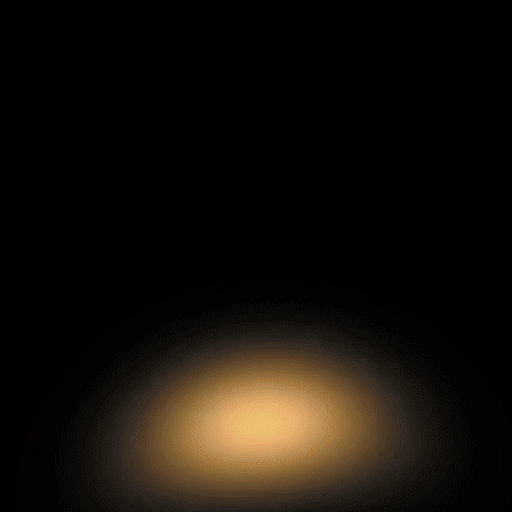This project was inspired by 3D Gaussian Splatting, but I have not used any of their code. My algorithm departs conceptually from theirs in a few key places:
- I'm optimizing 2D gaussians, not 3D.
- I'm evaluating the gaussians on polar coordinates to allow for variable circular curvature.
- The quantity and ordering of my gaussians is pre-set from the beginning and static throughout optimization.
- I am alpha-blending gaussians from back-to-front rather than summing from front-to-back.
- I optimize a group of strokes, freeze them, then add new strokes and repeat.
- I can get a pretty good reconstruction with just a few hundred strokes instead of a few million (not really a fair comparison since obviouly I'm solving a much simpler problem, but still)
I've been developing from inside the latest PyTorch Docker container from Nvidia (23.10-py3 at the time of writing) using VSCode.
docker run \
-it \
-d \
--gpus all \
-v /workspace:/workspace \
nvcr.io/nvidia/pytorch:23.10-py3
My long-term aim with this project is to get the time required to reconstruct an image with 1000 strokes below 10 seconds. If I can achieve this, it would make it feasible for me to mass-encode large datasets of images like Conceptual 12M or LAION-Art. Then, I plan to train a text-conditional autoregressive sequence model on the encoded images. A true PainterBot!
Currently, my code is capable of optimizing a 1024-stroke reconstruction in around 2 minutes.
